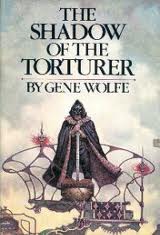Internal, External Conflict Ignite Cornwell’s The Burning Land
“Our gods prefer feasting. They live, Uhtred. They live and laugh and enjoy, and what does their god do? He broods, he’s vengeful, he scowls, he plots. He’s a dark and lonely god, Uhtred, and our gods ignore him. They’re wrong.”
–Bernard Cornwell, The Burning Land
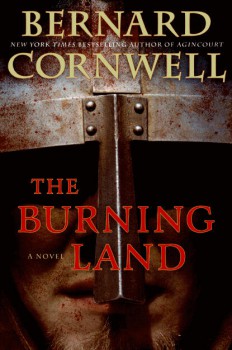 Conflict — internal to fictional protagonist Uhtred of Bebbanburg, and external to blood-soaked, fire-ravaged Britain — burns brightly in The Burning Land, the fifth and latest entry in Bernard Cornwell’s Saxon Stories, a partially fictionalized chronicle of the real-life Viking invasions that swept Dark Ages Britain.
Conflict — internal to fictional protagonist Uhtred of Bebbanburg, and external to blood-soaked, fire-ravaged Britain — burns brightly in The Burning Land, the fifth and latest entry in Bernard Cornwell’s Saxon Stories, a partially fictionalized chronicle of the real-life Viking invasions that swept Dark Ages Britain.
A Saxon-raised-Dane, Uhtred is a microcosm of the rough mixing of Christianity and pagan culture that occurred in war-torn ninth century Britain. Uhtred is a Saxon whose father was killed in a Danish raid. Taken prisoner as a thrall to the Dane Earl Ragnar and raised hard, he nevertheless grows to love the Danes. Although they’re ferocious raiders, the Danes drink deep of life, scorn Christian virtues of humility and pity, and worship the pagan gods of Thor and Odin (they expect less of their followers than the one God, and leave more leeway for fun).
But Uhtred’s loyalties are torn. His hereditary home is the Northern kingdom of Bebbanburg and his peoples are Saxon. Over the course of the series he comes to respect the coldly pious and serious, but brilliant and fair King Alfred of Wessex (Alfred the Great) and at times reject the occasionally murderous habits of the Danish warlords.



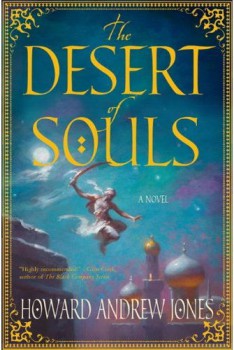
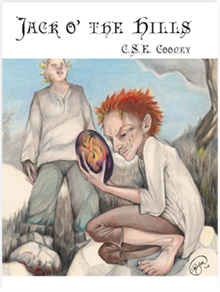
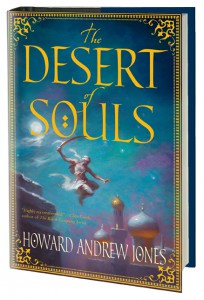
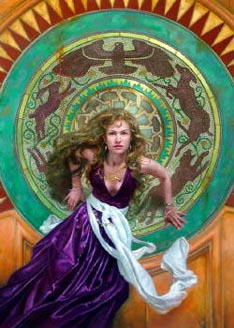
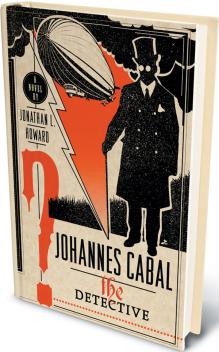 I have been asked to write a few words on how the Johannes Cabal novels came to be published with a particular view to explaining some of the intricacies of the publishing trade. Because I am nothing if not didactic (“Didactic” means, among other things, to speak in a lecturely manner. I hope you’re taking notes – there will be a test afterwards), I have also added a few notes of advice at the end for folk who want to get into the professional novel writing gig.
I have been asked to write a few words on how the Johannes Cabal novels came to be published with a particular view to explaining some of the intricacies of the publishing trade. Because I am nothing if not didactic (“Didactic” means, among other things, to speak in a lecturely manner. I hope you’re taking notes – there will be a test afterwards), I have also added a few notes of advice at the end for folk who want to get into the professional novel writing gig.